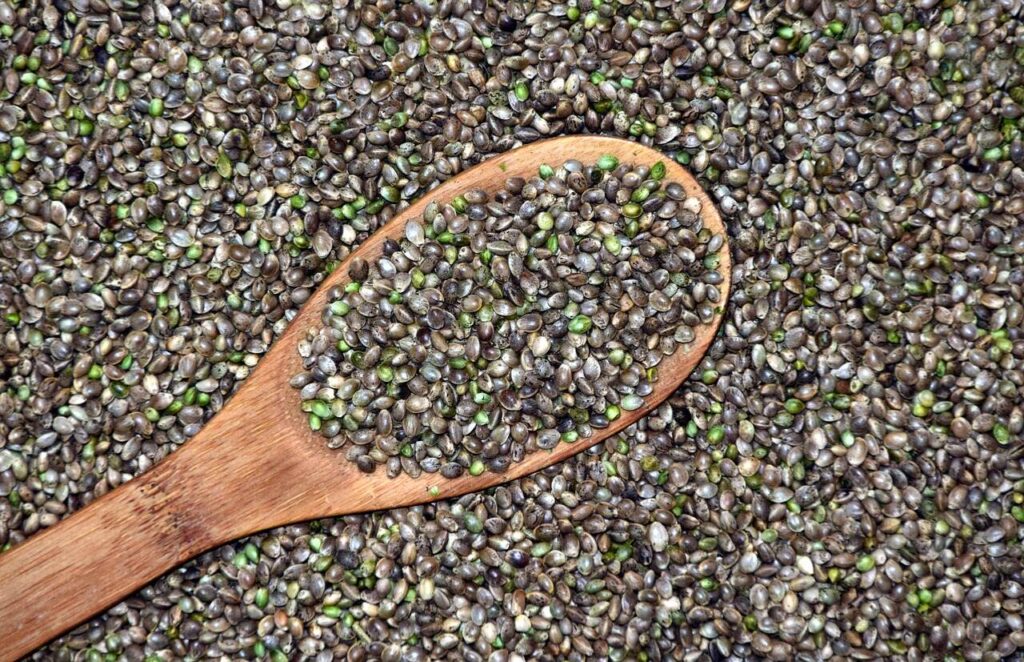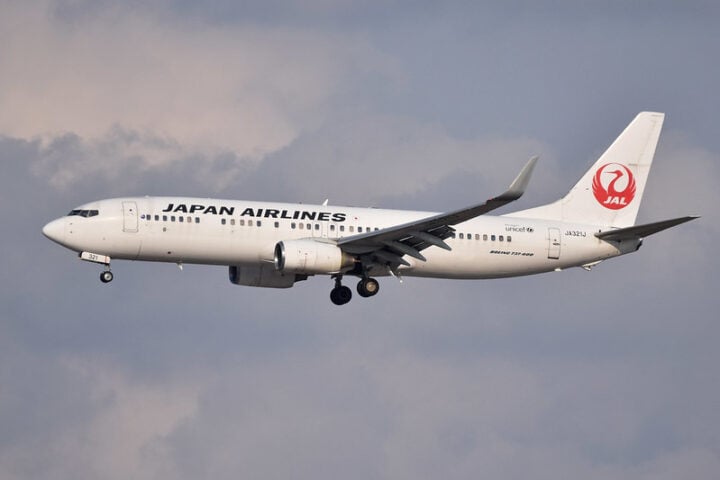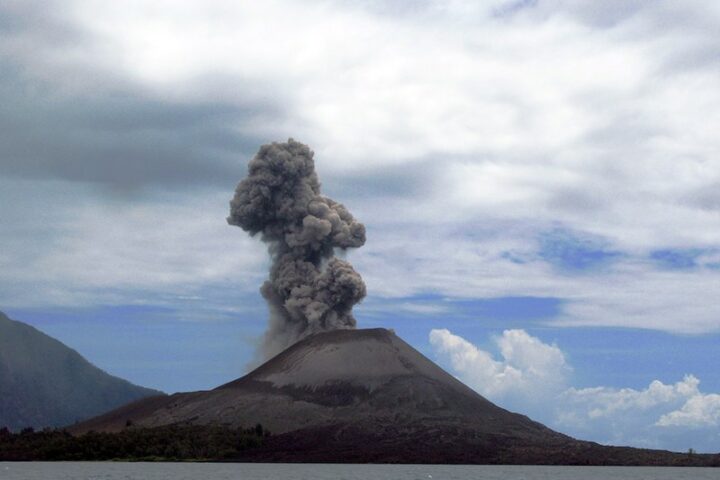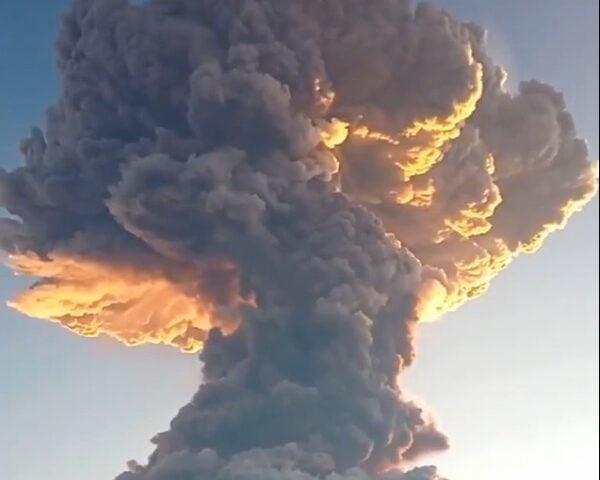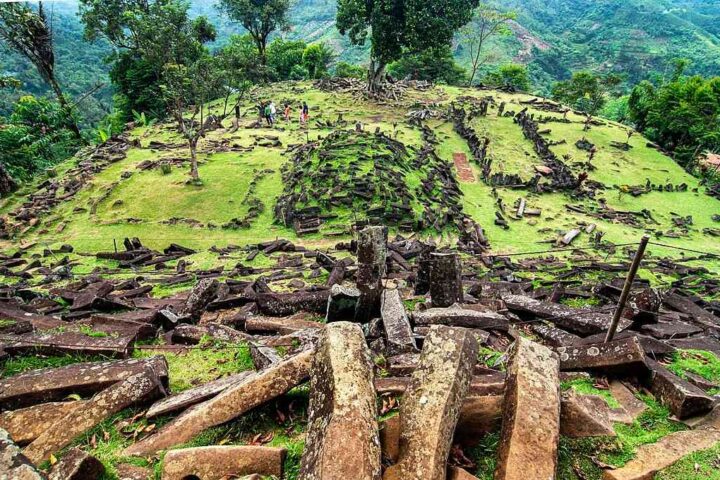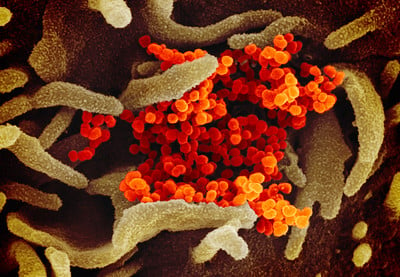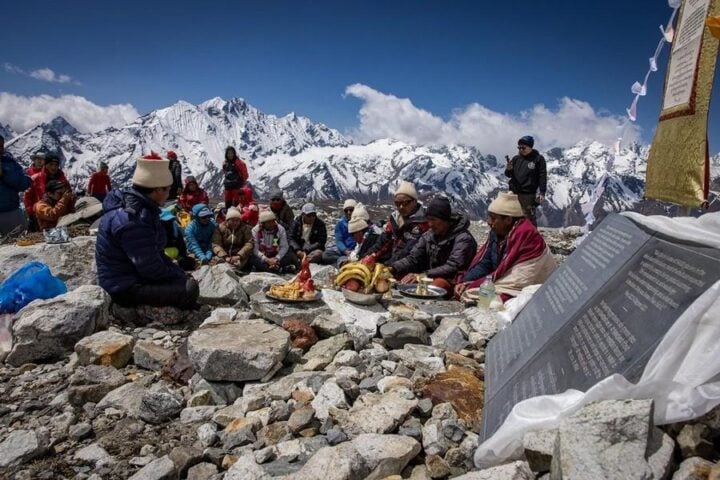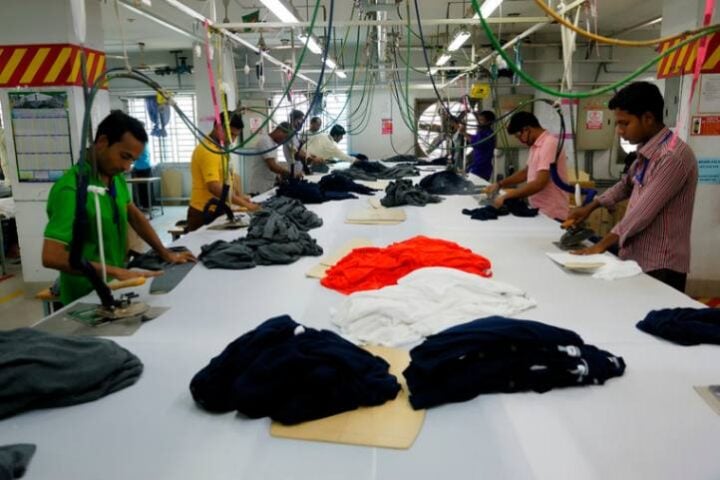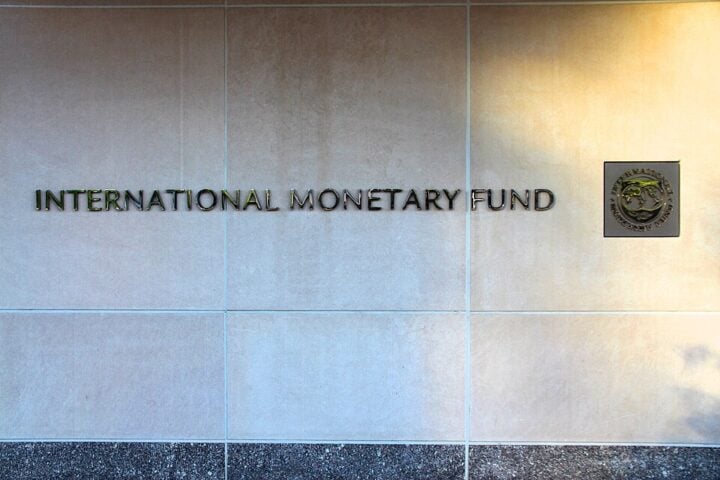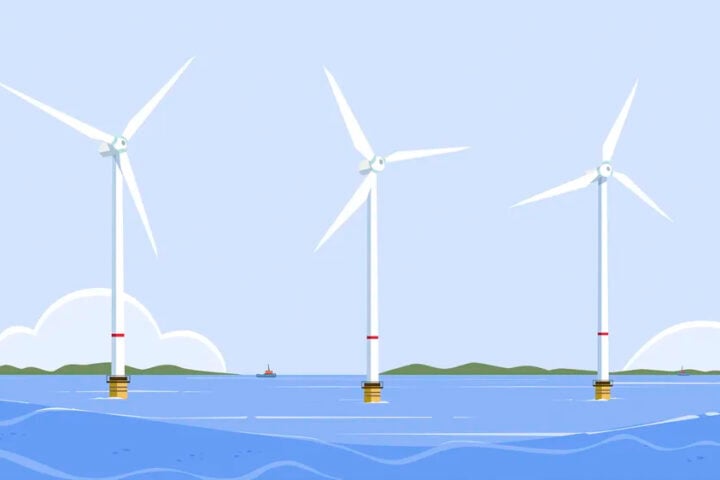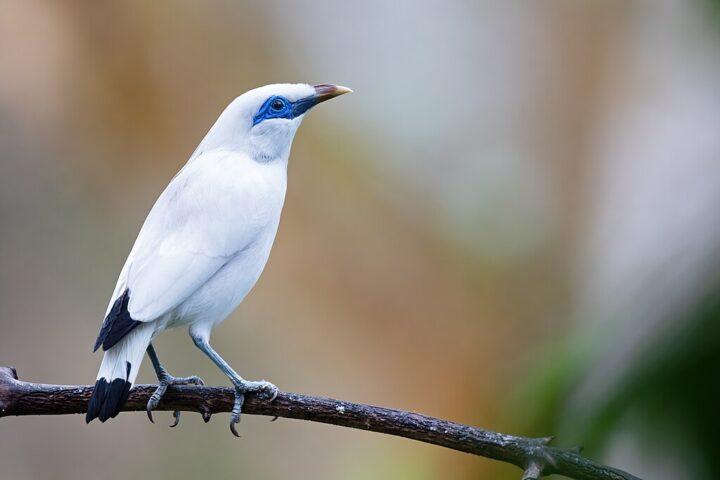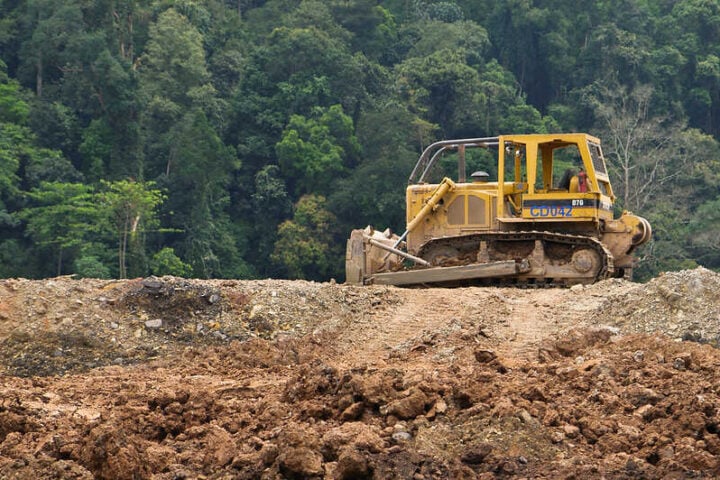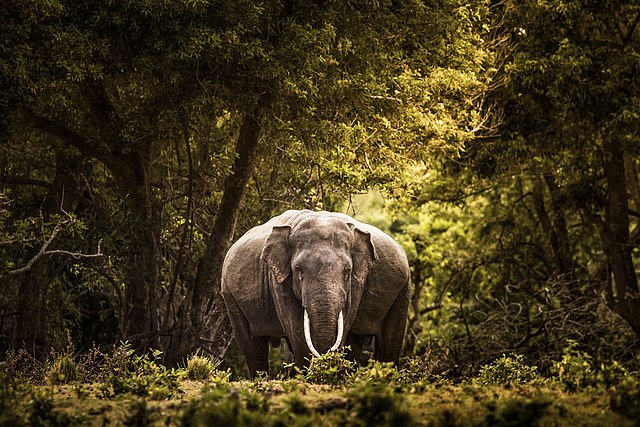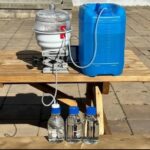In the heart of Southeast Asia, Singapore stands as a beacon of innovation in water management. This tiny island nation, home to 6 million people, has transformed its water challenges into opportunities, creating a system that’s both sustainable and resilient.
From Scarcity to Abundance: Singapore’s Water Journey
Singapore’s water story began with scarcity. Lacking natural freshwater resources, the country relied heavily on imported water from Malaysia. Today, it’s a different picture. Singapore has developed a robust and diverse water supply system through careful planning and technological innovation.
NEWater: Turning Wastewater into a Resource
At the core of Singapore’s water strategy is NEWater, its brand of recycled water. NEWater currently meets up to 40% of Singapore’s water demand, with plans to increase this to 55% by 2060. The process involves treating wastewater to ultra-clean, high-grade reclaimed water that exceeds drinking water standards.
The Tuas NEWater Factory, a cornerstone of this initiative, is set for a major expansion. Its capacity will triple from 25 million gallons to 75 million gallons per day, equivalent to filling 136 Olympic-sized swimming pools daily.
Desalination: Tapping into the Sea
Desalination is another key component of Singapore’s water strategy. Currently supplying about 25% of Singapore’s water needs, desalinated water is expected to meet 30% of demand by 2060. Five desalination plants are already in operation, with more in the pipeline.
Grace Fu, Minister for Sustainability and the Environment, emphasized the importance of these initiatives: “Singapore’s water demand projected to nearly double by 2065, NEWater’s role as a dependable and weather-resilient National Tap remains vital.”
Rainwater Harvesting: Every Drop Counts
Singapore has turned two-thirds of its land surface into water catchment areas. Seventeen reservoirs collect rainwater, contributing to 20% of the nation’s water needs. The Marina Barrage, a dam built across the Marina Channel, is a prime example of innovative urban water management, serving as a freshwater reservoir, flood control system, and lifestyle attraction.
Public Engagement: A Community Effort
Singapore’s success in water management isn’t just about infrastructure; it’s also about public engagement. The PUB, Singapore’s National Water Agency, has implemented various initiatives to educate and involve the community in water conservation.
Professor Ong Choon Nam, who played a crucial role in the early days of NEWater, shared his experience: “The whole NEWater story started with numerous experiments here… So this is the birthplace of NEWater… And many of the exciting experiments and challenging issues were solved here.”
Similar Posts
Climate Change Adaptation: Looking to the Future
Singapore’s water management strategy is also a key part of its climate change adaptation plan. With much of the country lying just 5 meters above sea level, rising sea levels pose a significant threat.
Prime Minister Lee Hsien Loong has described the country’s approach to climate change as addressing “life and death matters.” The government estimates it will need to spend US$75 billion on coastal protection over the coming decades.
Global Impact: Lessons for Other Cities
Singapore’s approach to water management offers valuable lessons for other urban areas facing water stress. Its success demonstrates the importance of long-term planning, technological innovation, and public engagement in creating a sustainable water system.
As cities worldwide grapple with climate change and urbanization challenges, Singapore’s model provides a roadmap for creating resilient, sustainable urban water systems.
Key Takeaways:
- NEWater supplies 40% of Singapore’s current water demand, with plans to increase to 55% by 2060.
- Desalination plants provide 25% of Singapore’s water, expected to increase to 30% by 2060.
- Two-thirds of Singapore’s land area is used for rainwater collection.
- The government plans to invest US$75 billion in coastal protection measures.
- Public education and engagement play a crucial role in water conservation efforts.
As we look to the future, Singapore’s journey from water scarcity to abundance serves as a powerful example of what can be achieved through innovation, planning, and community involvement. It’s a story of resilience, adaptation, and sustainable urban living that cities worldwide can learn from.

